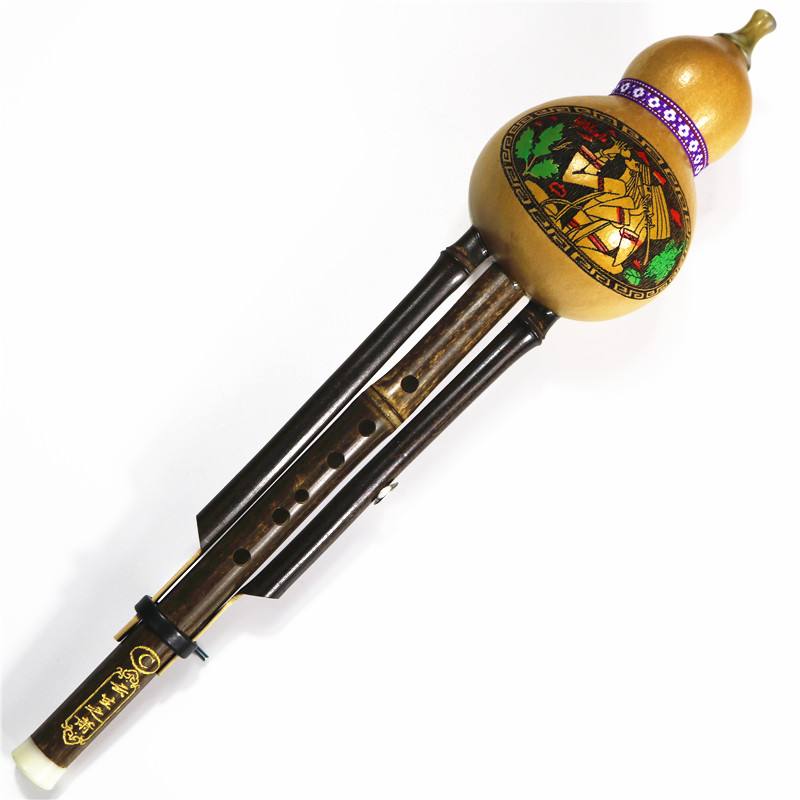Hulusi Bass 3 Playing technique analysis and practice guide
As a popular folk wind instrument, hulusi is favored by music lovers for its rich timbre and unique expressive force. Mastering the correct way to play each note is crucial during playing, especially for bass notes such as bass 3 (often labeled B3 or dou1), which stabilize the rhythm and enrich the harmony throughout the repertoire.

When playing Fenugreek bass 3, it is first necessary to ensure correct mouth and breath control. Gently hold the fenugreek mouthpiece in the mouth, the upper lip is tight to the outside edge of the mouthpiece, the lower lip is slightly relaxed, and the tip of the tongue naturally touches the bottom of the mouthpiece to form an air flow channel. At the same time, the body maintains a relaxed state, the breath is deep and smooth, and the breath is driven from the Dantian through the mouth to the fenugreek mouthpiece by the abdominal strength.
Specific to the bass 3 playing, pay attention to the following points:
1. Use of breath: Since bass 3 belongs to the bass zone of fenugreek, it is necessary to use more breath when playing, and to ensure that the breath is full and moderate, to avoid vague timbre or high pitch caused by lack of breath.
2. Tongue position: The tongue should relax naturally and not block airflow, but the pitch can be precisely adjusted by fine-tuning the distance between the tip of the tongue and the bottom of the mouthpiece.
3. Fingering mastery: On the basis of determining the correct mouthpiece containing method and the use of breath, it is also necessary to accurately hold down the corresponding hole position, and bass 3 usually needs to open all the sound holes of the mouthpiece.
In the process of practicing bass 3, you can first practice the single tone, familiarize yourself with its sound quality characteristics and playing feelings through repeated playing, and then gradually integrate it into simple melodies and tracks to further improve the control of bass 3. At the same time, pay attention to listen to their own playing effect, and constantly adjust against the standard pitch to achieve the ideal effect of accurate intonation and full timbre. Through long-term persistence and careful contemplation, I believe that every fenugreek fan can easily master the bass 3 playing skills, and show a more rich and three-dimensional musical expression in the music performance.
 渝公网安备 50010702504639号
渝公网安备 50010702504639号